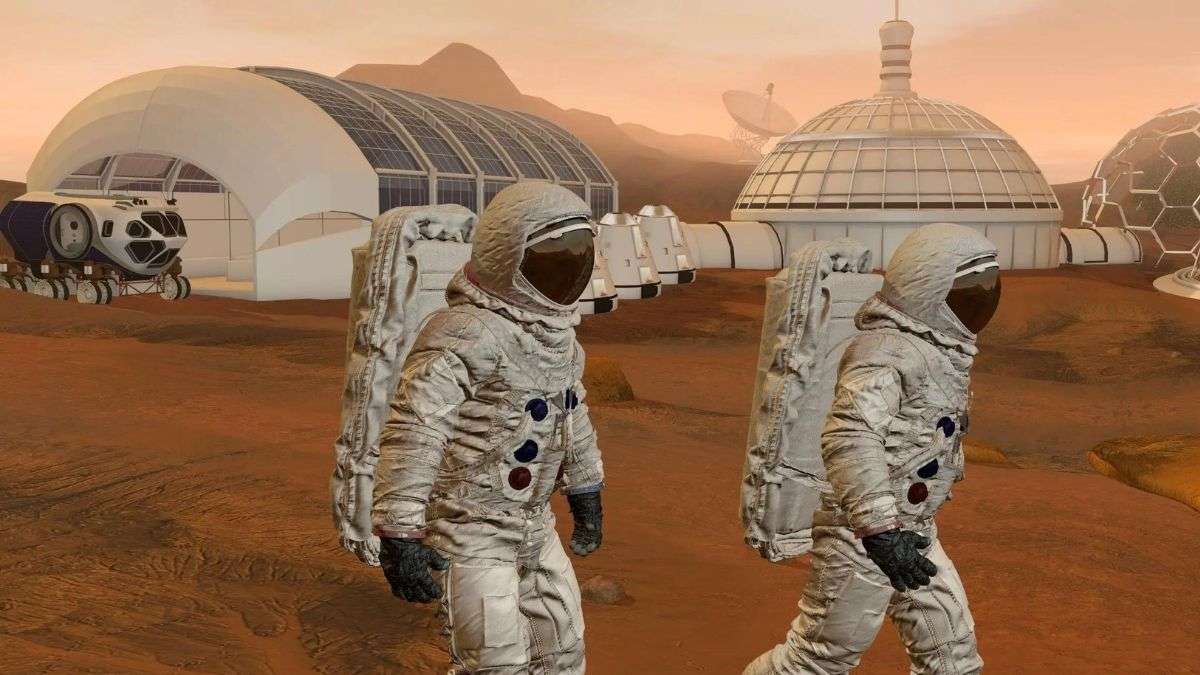Highlights:
- Elon Musk aims to transport one million people to Mars by 2050, envisioning an interplanetary civilization. However, the journey poses immense challenges.
- According to NASA scientist Dr Michelle Thaller, our current technology is incapable of sending humans to Mars.
- Let’s delve into the challenges that exist in human Mars exploration.
Mars, Earth’s neighbour, has yet to host humans because current technology renders survival on the red planet impossible.
The success of Chandrayaan-3 has rekindled interest in space exploration and what lies beyond the Earth’s atmosphere. Along with researching the Moon and the Sun, a key planet of interest for humans is our neighbour, Mars and whether it can ever support life, ensuring humanity’s survival in the face of Earth’s rising climate problem.
According to NASA scientist Doctor Michelle Thaller, sending humans to Mars with current technology is not feasible. While SpaceX creator Elon Musk remains optimistic about transporting one million people to Mars by 2050, as stated in several of his interviews, the actual voyage requires cutting-edge technology, some of which “we haven’t even thought of yet,” according to NASA on its website.
One of the most difficult aspects of reaching Mars is the 34 million miles between Earth and Mars. This poses a significant risk to the crew’s survival and safe return. At the moment, NASA’s Perseverance rover is collecting carbon dioxide from the planet’s tiny atmosphere and converting it into oxygen for astronauts to use, but there are additional dangers to survival.
Other Key Challenges:
NASA stated that even if we overcome the distance while maintaining a safe, working life support system for humans for such an extended period of time, the radiation on Mars will kill us. ” With current technology, protecting astronauts travelling to Mars will be difficult due to radiation from solar flares and coronal mass ejections (CME), which will kill humans long before they arrive,” Thaller added.
Mars’ surface is highly hostile. Because Mars, unlike Earth, has a relatively thin atmosphere and no magnetic field to deflect energetic particles, NASA indicated that equipment would be required to shield astronauts from two types of radiation. The first is from the Sun, and the second is from galactic cosmic rays emitted by other stars. “Some of these energetic particles can knock apart atoms in the material they strike, such as an astronaut, the metal walls of a spacecraft, or a habitat,” the space agency explained.
The existing unmanned spacecraft that have been launched to the red planet have provided information regarding its weather, surface characteristics, and landing strategies. According to NASA, flights to Mars and the Moon are connected. “The Moon provides an opportunity to test new tools, instruments, and equipment that could be used on Mars, such as human habitats, life support systems, and technologies…,” it explained, adding that its upcoming manned Artemis mission to the Moon will be crucial in this regard.
Read | 40 Best Youtubers in India Who Have Inspired Many


